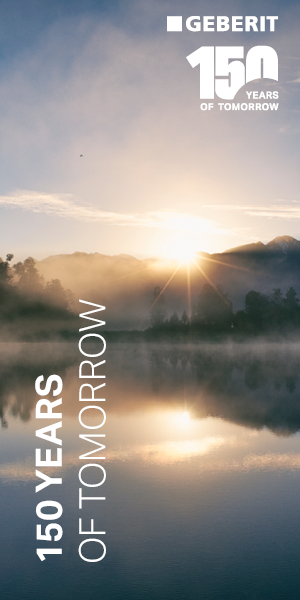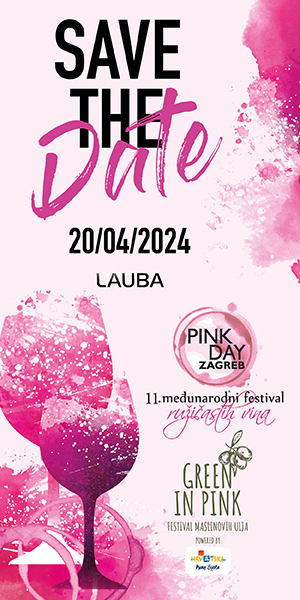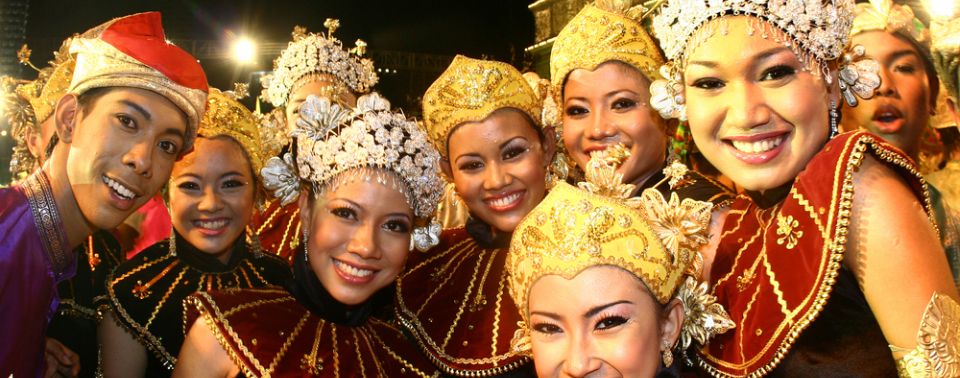
Malaysia is a country in Southeast Asia with an area of 329.740 km2 and with approximately 27 million inhabitants.
It consists of two distinct regions that are divided by the Southern Chinese sea –West Malaysia on the southeastern asian mainland, where 80% of the population lives, and Eastern Malaysia on the island of Bormeo where 20% of the population lives. Highest mountain peak is Kinabahlu (4095m), and the longest river is Rajang (560 km).
The capital of Malaysia is Kuala Lumpur with about 1.8 million inhabitants. The climate is equatorial in the south with high temperatures and abundant rains, and monsoon in the north.
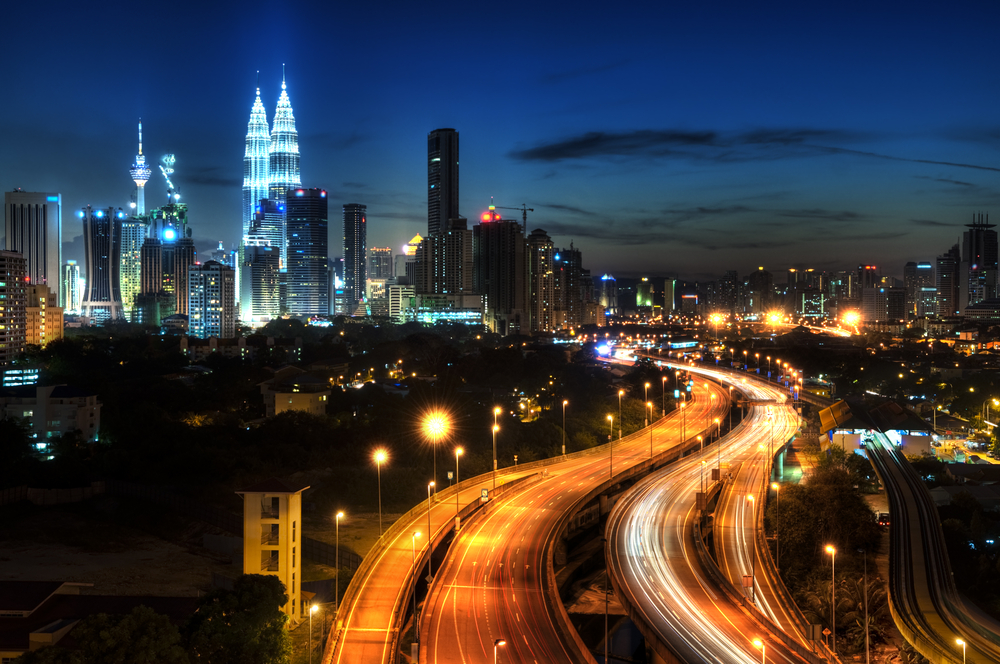
As a former British colony, she remained a member of the Commonwealth, and is a federation with 13 states, in which there are nine sultanates and two federal territories. Authority is established through a federal multi-party constitutional monarchy with two legislative domes.
Supreme ruler and king of Malaysia is called Yang di-Pertuan Agong and has only a ceremonial role. He is choosen for five years between nine sultans. Sultan Mizan Zainal Abidin is currently in power. Governement with a Prime Minister who is accountable to parliament has the real power.
Malaysians and other indigenous people make up 61.4% of the population, Chinese 30%, and Indians 8.1%. They are mostly Muslims 52.9%, Buddhist 17.3%, hindus 7%, Christian 6.4%, and the rest 4.8%.
Malaysian economy was among the fastest growing in the mid 70’s up until 1997. They were an exporting industry with a cheap qualified work labor. Gross national product per capita is $10.500, with unemployment of only 3%. Electronic industry is developed, and their most important sources of revenue are oil, bauxite, cooper, tin, iron, rubber, palm oil and wood.
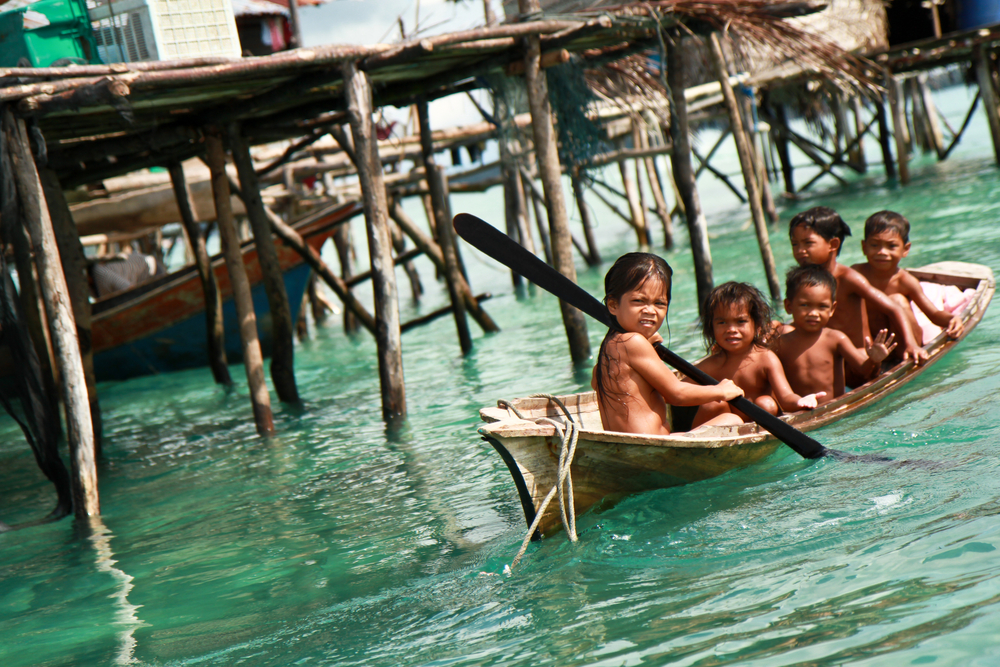
TOURIST ATTRACTIONS:
Kuala Lumpur is a true metropolis with beautiful green parks and historic parts of the city, along with the magnificent King’s palace and the Parliament building. Nationa museum holds all the most important landmarks of this country. Palace of Sultan Abdul is unusually built in a Victorian-Moorish style, and one should see Jamek, the oldest mosque in the city. You have Petronas twin towers as the attraction of a new are.
National parks Mulu and Kinabalu are botanical paradises with different types of orchids, and a large number of birds and animal species.
In the city of Kota Kinabalu you must visit the residential neighborhood Likas Bay, Sabah Foundation building, Buddhist temple, State museum, Sabah mosque…
Kuching is a city where you must see the Margherita fortress on the river Sarawak, the oldest Chinese temple Tua Pek Kong, as well as Sarawak Museum, one of the best in southeast Asia.
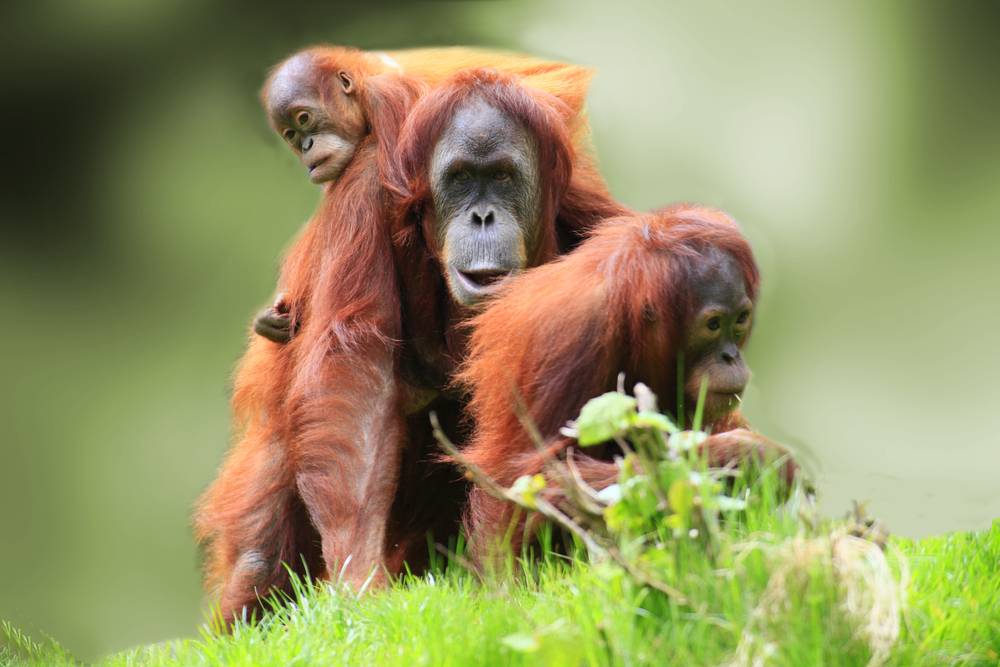
DO not miss out on an opportunity to visit the orangutans housed in a rehabilitation center Semonggok Orang Utan. Here they make sure that the monkeys, but also other protected animals, return to their natural habitat.
Then head to Longhouse, where the tribe Iban lives. The Chief will personally welcome you.
USEFUL INFORMATION:
Official language: bahasa Malaysian
Religion: muslim (52.9%), Buddhist (17.3%), hindus (7%), Christian (6.4%), and the rest (4.8%)
Currency: 1 ringgit = 100 sena
Climate: equatorial and monsoon
How to travel: best with airplane through Amsterdam; airport in Kuala Lumpur
When to travel: late fall and during winter
Diseases and prevention: vaccination not necessary
Visa: not necessary
Hotels: Hotel Capitol (43 euro), Fj Inn Holiday Homes with 4 stars (84 euro), and superluxury MiCasa All Suite Hotel (247 euro)
Restaurants: try the classical Malaysian food in Bujang Lapok in Kuala Lumpur, seafood specials in Aul BIsmillah in Tawauu, and in Global Bay Food Courte in Bata Ferringhi you can combine the Chinese with western cuisine.
Caution!
Drink only bottled water.
Zulhazmi Zabri / Shutterstock.com
